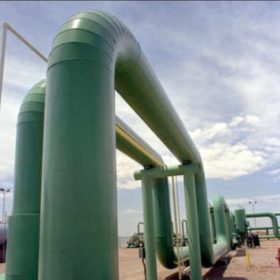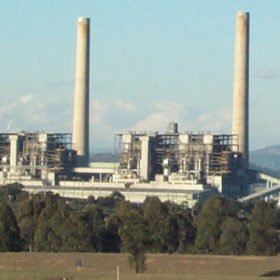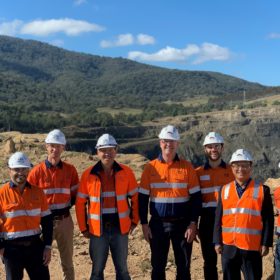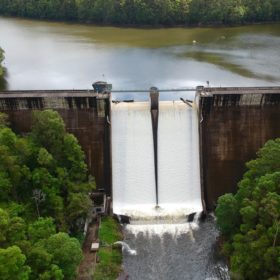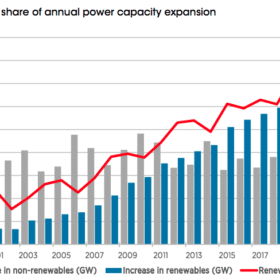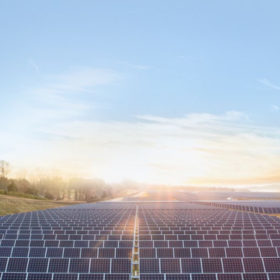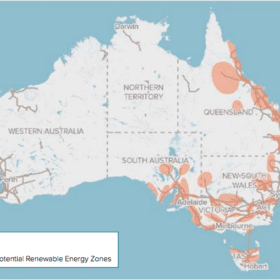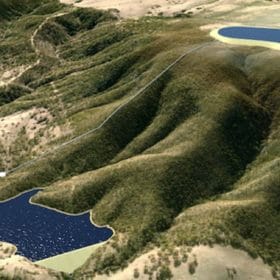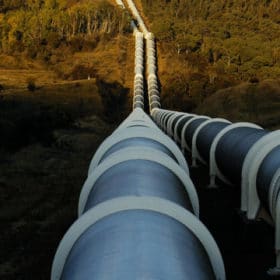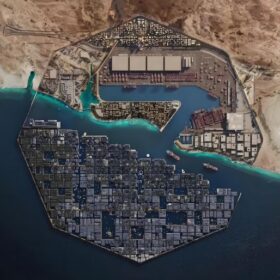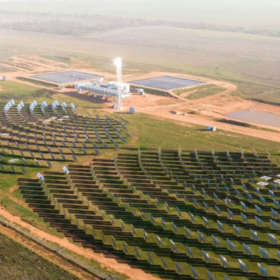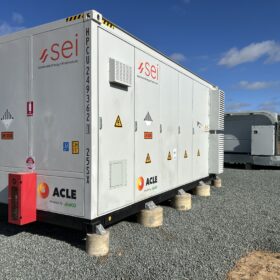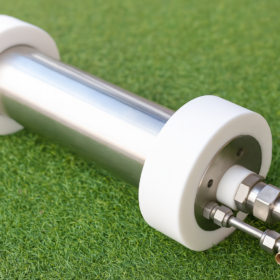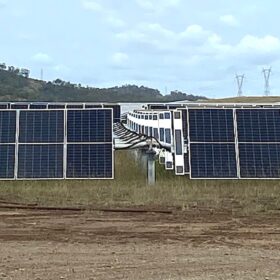$2 billion blueprint to run a green hydrogen river through the Hunter Valley
Hydrogen is the word on everyone’s lips as the Federal Government champions hubs of no particular colour. Seasoned clean players such as Energy Estate are identifying greenfield opportunities for renewable energy and industry to meet.
AGL pushes ahead with renewable energy plans for Liddell site
Australia’s largest energy retailer AGL is forging ahead with its strategy to convert the 1,680 MW Liddell Power Station site into a renewable energy hub, announcing on Friday it has commenced transition planning in preparation for the ageing coal-fired power plant’s closure in 2022-2023.
Hunter Valley coal void moves closer to filling with pumped hydro
AGL is transforming its operations in a number of ways, from restructuring the company itself, to building energy storage facilities for flexible distribution of renewable energy into the future.
Pumped hydro study earns praise from Solar Citizens
Queensland-based community group Solar Citizens has described as long overdue reports the State Government is considering a new pumped hydro facility near Gympie which would generate renewable energy to service the burgeoning Sunshine Coast region.
Solar and wind together overhaul global hydro capacity
The latest set of clean energy statistics compiled by the International Renewable Energy Agency signal a changing of the guard when it comes to clean power, with legacy hydropower facilities overtaken by new intermittent renewables.
Australia’s renewable growth outpaces world, even as new report finds record global expansion in 2020
More than 260 GW of renewable energy was added globally in 2020, surpassing 2019’s previous net increase record by almost 50%, data from the International Renewable Energy Agency found. Australia’s pace of growth was almost double the global average, coming in at 18.4%.
Investor sentiment in Australian renewables turns to the overwhelmingly positive!
MinterEllison’s second annual ‘Renewables Investment Report’ finds that over the past year Australia has become a safe haven for investment… The maturity of its renewable opportunities seems to outweigh existing challenges.
Government advisors class multiple renewable projects among Australia’s highest infrastructure priorities
Australia’s infrastructure advisory body has added a number of renewable energy-related projects to its priority list, recognising the need for investment in the “once-in-a-lifetime transition from thermal generation to intermittent renewables.”
Atco firming to build 325 MW pumped hydro project in NSW
Canadian behemoth Atco has purchased the rights to develop the 325 MW Central West Pumped Storage Hydro Project in Central West New South Wales and credits the investment to policy certainty from the NSW Government. As a significant firming agent the project is ideally placed in the state’s proposed Central West-Orana Renewable Energy Zone
GE Renewable Energy signs on to 400 MW pumped hydro project
A proposed 400 MW pumped hydro storage project is on track to become the first of its kind to be completed in Queensland in more three decades after industry giant GE Renewable Energy provided its backing for the project.
